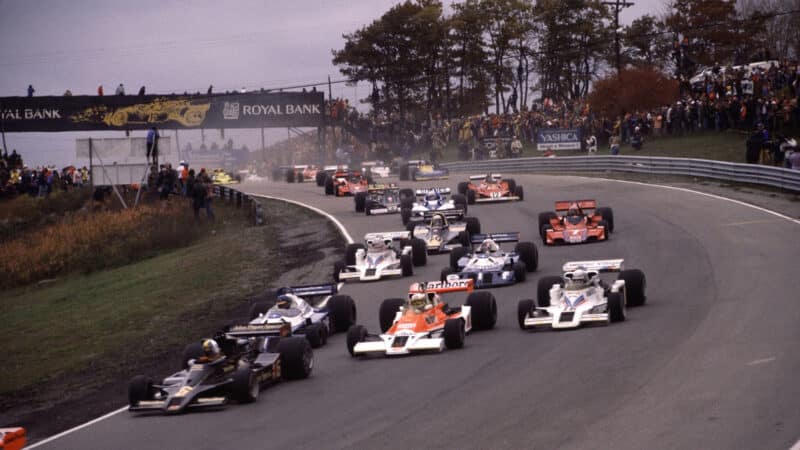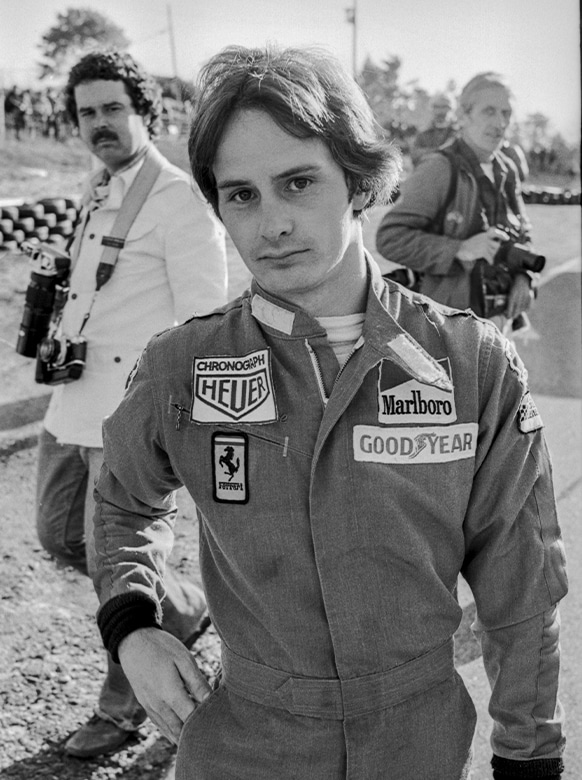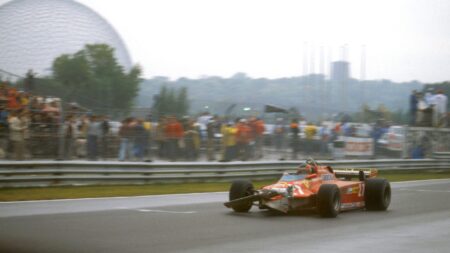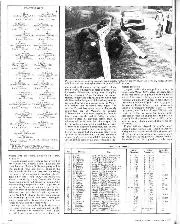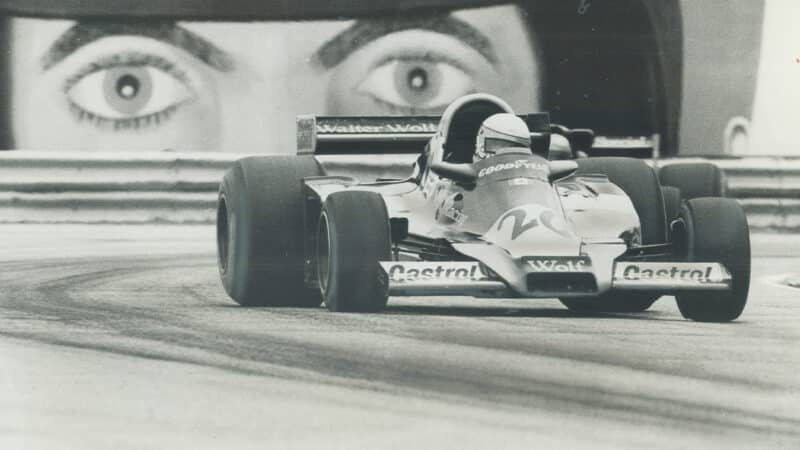A couple of months before, in late July 1977, the German Grand Prix had been held at Hockenheim because, following Lauda’s near-fatal accident at Nürburgring in 1976, it had been decided that the so-called ‘green hell’ was too perilous for F1 cars. So, perhaps, it was; but, although it was considerably longer than Mosport, in truth it was no more dangerous, and Mosport’s scarily rudimentary safety provisions were inferior to those in place at Nürburgring. Mosport was and still is a very difficult drive. Only the greats ever won championship-status F1 grands prix there: Jack Brabham, Jacky Ickx, Jackie Stewart, Peter Revson, Emerson Fittipaldi, James Hunt, and Jody Scheckter. Was Revson a great, perhaps you are wondering? Well, he was good; but, more relevant to our discussion is that his Canadian Grand Prix win at Mosport in 1973 was probably the inaccurate result of a chaotic and embarrassing lap-chart mix-up; many people think Fittipaldi was the real and rightful winner, including Howden Ganley, another driver who some people reckon actually won that day.
Anyway, let’s go back to Mosport 1977. In first practice on Friday morning, having just stopped at the pits to crank on a bit more rear wing, Ian Ashley was powering his Hesketh along Mario Andretti Straightaway, which is the fastest stretch of the circuit, when it went light at the front on the flat-out crest before the braking zone for Turn 8, became airborne, landed back onto the asphalt with what nearby photographers described as “a sickening crunch”, then cartwheeled over the armco into a spectator area, where it hit no people but smote the steel base of a TV tower. Ashley was trapped inside his mangled car, conscious despite extensive bruising all over his body and breakages to both ankles and both wrists. More worrying still, his helmet had been torn off in the final impact.
Was there a medical car on hand to rush expert doctors and well-equipped vehicle-extraction specialists to attend to him? No, there was not. Was a helicopter on standby? No. Instead, two Hesketh mechanics jogged the not inconsiderable distance from their pit garage to the scene, slowed by having to carry with them two hacksaws and a pair of heavy bolt-cutters. Eventually they arrived and set to work. Before too long they were joined by Jochen Mass, who had been a mechanic before becoming a race driver and had climbed out of his McLaren to give them a hand. It took the three men half an hour to cut Ashley free, and, when they had finally done so, it took a further half-hour before a helicopter arrived to take him to hospital. Ashley eventually recovered — and he is alive today, aged 76 — but he never raced in F1 again. Had safety provisions been so woeful at Nürburgring in 1976, Lauda might well have died trackside.
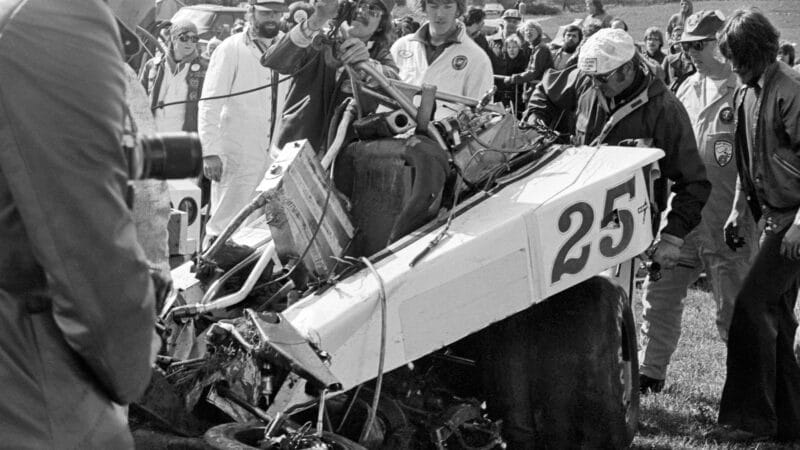
Ian Ashley’s crumpled Hesketh at the 1977 Canadian Grand Prix
Grand Prix Photo
When it came to Mosport 1977 qualifying, there were only ever going to be two men worth watching, Andretti (Lotus) and Hunt (McLaren), statistically the two fastest drivers of the F1 year. Although Lauda had already sewn up the F1 drivers’ world championship, he had done so as much by cleverly leveraging his Ferrari’s remarkable reliability as by blitzing his rivals on track, but it had been via the latter approach that Andretti and Hunt had amassed their points totals. Let’s put it this way: as the F1 circus rolled into Mosport, Lauda had scored two 1977 pole positions, while Hunt had bagged six and Andretti five, and James and Mario had both lost a number of race wins owing to McLaren and Lotus — and indeed Cosworth — unreliability.
So it was that, in qualifying at Mosport in 1977, only Hunt and Andretti, who took his sixth pole of the year, broke the 72-second barrier. Indeed, only two other drivers, Ronnie Peterson (Tyrrell) and Gunnar Nilsson (Lotus), broke the 73-second barrier.
At 49 degrees Fahrenheit (9 degrees Celsius), race day dawned pretty nippy. It had rained overnight, and the track surface was still wet in the morning, but it was beginning to dry by the afternoon. When the race got underway, on a still-damp circuit, Andretti and Hunt sprinted off into the distance, and by lap five they were running nose to tail, already a country mile ahead of everyone else. Their dice was close, and exciting, but Hunt had decided to be circumspect. He knew that Andretti, a smooth operator when circulating unmolested, could react pugnaciously when challenged. Indeed, only three grands prix ago, at Zandvoort, the two had ruined each other’s races when battling for the lead.
The 1977 Canadian Grand Prix was not broadcast on TV in the UK — can you imagine that, youngsters? — but I am told by those who were there to see it that Andretti versus Hunt at Mosport that year was a flat-out contest between two of the finest and feistiest drivers of their era, on a fast and daunting racetrack, the two warriors duking it out with no margin, and no quarter given, yet making no contact with each other at any point: grand prix racing as it should be.
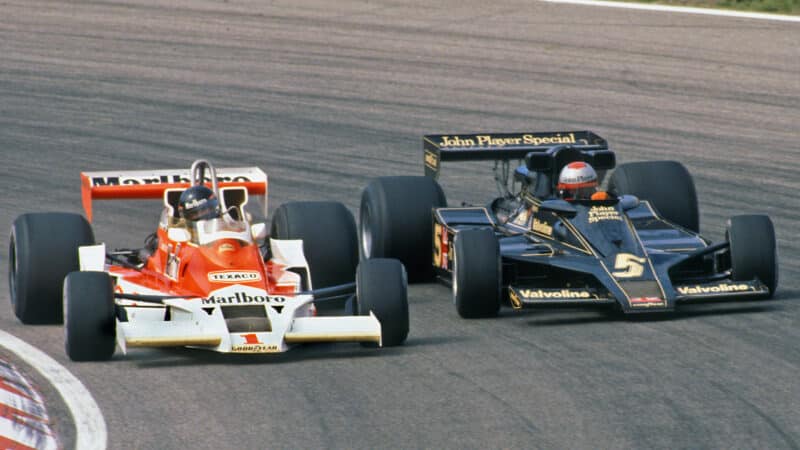
Hunt and Andretti wheel-to-wheel at Zandvoort, 1977. Contact on lap 5 put Hunt out of the race and dropped Andretti down the running order. He later retired
Their dogfight lasted 59 laps — there were no scheduled pitstops in F1 in those days — until, on lap 60, they came up to lap the hero of the Ashley incident, Mass, Hunt’s McLaren team-mate, who was running in third place. Perhaps unsurprisingly, Mass was not particularly co-operative when it came to helping Andretti lap him, but Mario essayed a bold move on lap 61, hurling his Lotus inside Jochen’s McLaren on the entry to Moss Corner. Mass responded by squeezing Andretti out, forcing him onto the still slippery grass; Andretti nearly spun but just about managed not to, holding a lurid tank-slapper instead; while Andretti had been gathering all of that up, Hunt had taken the opportunity to slip by. He was now leading, and now it was his turn to try to lap Mass.

